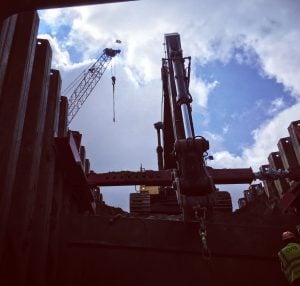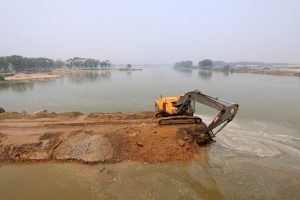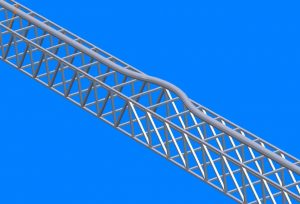How to Ensure Safety While Shoring an Existing Structure
Shoring existing structures can be a tricky business. Typically, the older the building is the more complicated the shoring of it can become. Many older structures do not have drawings of the existing construction and if they do, they are not always reliable. Many buildings go through generations of remodel with additions, renovations and improvisations that are not always documented or constructed properly. Without proper documentation, it is sometimes tough to determine the load bearing members in an existing building which makes it challenging to shore it properly. Difficult access to these documents does not give you a free pass on when and where to shore. If you can’t figure out where the loads are concentrated, you can’t figure out how to safely support anything.
When undertaking the task of shoring an existing structure, you should consider consulting a Professional Engineer – and I don’t just say that because I happen to be one! The peace of mind that you get from entrusting this work to an engineer far outweighs the risk of liability if something were to go wrong during the shoring operation. An experienced professional can help you determine not only how to safely shore the structure, but how to do it in the most economical way possible.
Pertinent information that you will need to know before starting a shoring plan includes but is not limited to: the type of work being performed, the boundaries of work, distance to any excavation, dimensions of the building and location of load bearing members. Other relevant information includes the dead load of the supported area and any anticipated live loads. Examples of live loading conditions that need to be evaluated include determining whether the office building or parking garage will remain operational during construction. You also need to consider if there are any special circumstances such as required access openings in the shoring plan or work sequencing that would affect the standing shores. Do snow and wind loads need to be taken into account? Be certain to consider all of these circumstances when developing the conceptual shoring design. Drawings, schematics and photographs can be provided to convey most of this information. However, in some cases it is easier and more cost-effective for the engineer designing the shoring plan to visit the site.
If you do not follow the correct protocol and improperly shore an existing structure, there is increased likelihood of damaging the building or of a complete collapse during construction. Choosing to retain the services of a Professional Engineer and providing them with as much accurate information as possible will help minimize risks and ensure the most accurate and economical design possible. Don’t take chances; if in doubt regarding the stability of a structure, always err on the side of safety. Get a Professional Engineer involved and maximize your chances of shoring success!













